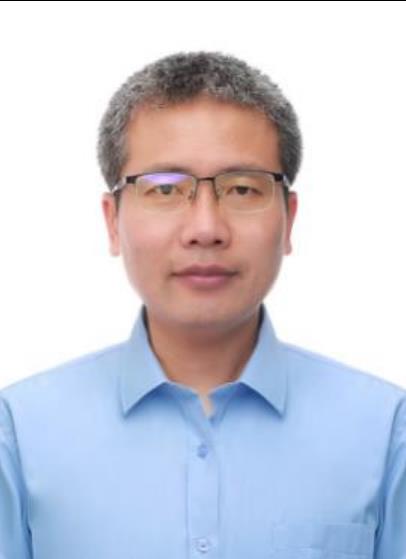Lijun Zhang
2D Materials
Jilin University, Changchun, China
Email: lijun_zhang@jlu.edu.cn
Biography
Lijun Zhang is a professor of State Key Laboratory of Integrated Optoelectronics, School of Materials Science and Engineering, Jilin University, China. He is the PI of Theory & Design of Optoelectronic Semiconductors Group. His current interests focus on materials by design and band structures engineering of functional semiconductors for optoelectronic applications. He has published over 170 peer-reviewed papers including Nature Reviews Materials, Nature Photonics, Nature Commun., Phys. Rev. Lett., Adv. Mater., Nano Lett., J. Am. Chem. Soc., etc. with more than 12300 citations. The current h-index value is 55. He was awarded by the Recruitment Program of Global Youth Experts in China (2014), the National Science Fund for Outstanding Young Scholars (2017), the National Science Fund for Distinguished Young Scholars (2021). He is the winner of Computational Materials Science Award of Chinese Materials Research Society (2018) and the winner of the top-grade Jilin Province Science and Technology Award for Young Researchers (2019).
|
|
Abstract for Presentation
Ubiquitous interlayer coupling in 2D materials and its effects on materials properties
Two-dimensional (2D) layered materials have attracted increasing intense interest because of their unique mechanical, electronic and optical attributes. Interlayer coupling is a ubiquitous phenomenon residing among the atomically thin 2D layers. For different 2D materials, it may be dominated by the weak van der Waals interaction or by the long-range electrostatic Coulomb interaction. The interlayer coupling controls monolayer exfoliation process and assembly of 2D heterostructures, and behaves as a unique degree of freedom for engineering 2D materials properties. With dramatically increasing computing capability of supercomputers and continuously developed computational algorithms, people can resort to materials simulation to explore the properties of thousands of potentially useful materials in a fraction of time that the real experiments might take. This makes theoretical design of functional materials with desired properties in computers come true. In this talk depending on time I will present our development on open-source artificial-intelligence-aided data-driven infrastructure named Jilin Artificial-intelligence aided Materials-design Integrated Package (JAMIP, http://www.jamip-code.com) and our recent work on computational design of new 2D materials and band structures engineering toward improved performance of 2D materials by exploiting the ubiquitous interlayer coupling effect.
WELCOME TO CHINA TO ATTEND THE ICANS
23-26 August, Nanjing, China
Connect with us:



